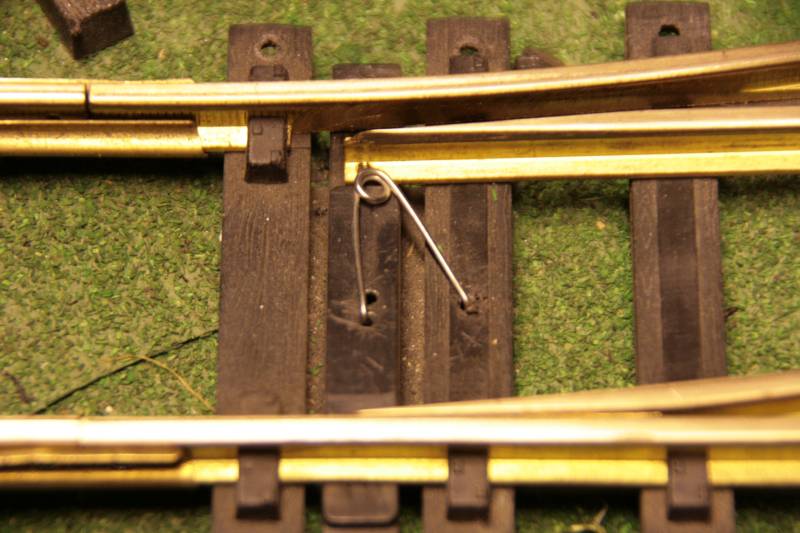OK so was daydreaming about my future layout and thinking about sipping whiskey in the upper part of the watchman’s tower while I watch my trains go round and round, then it hit me how will this work? I have been convinced that a dog bone layout is the way to go because it offers point to point operation while still allowing continuous running. However, all this talk about switches and derailment got me thinking how can a dog bone offer continuous hands off running without switching the switches. I mean you go through the switch and then when you come back the switch will be in the wrong position.
Now in HO I did this with no issue. The wheels simply forced the switch into position as it went through. Maybe I was lucky but it worked. Will this do this in large scale? Or is someone going to have to be manning the two switches?



